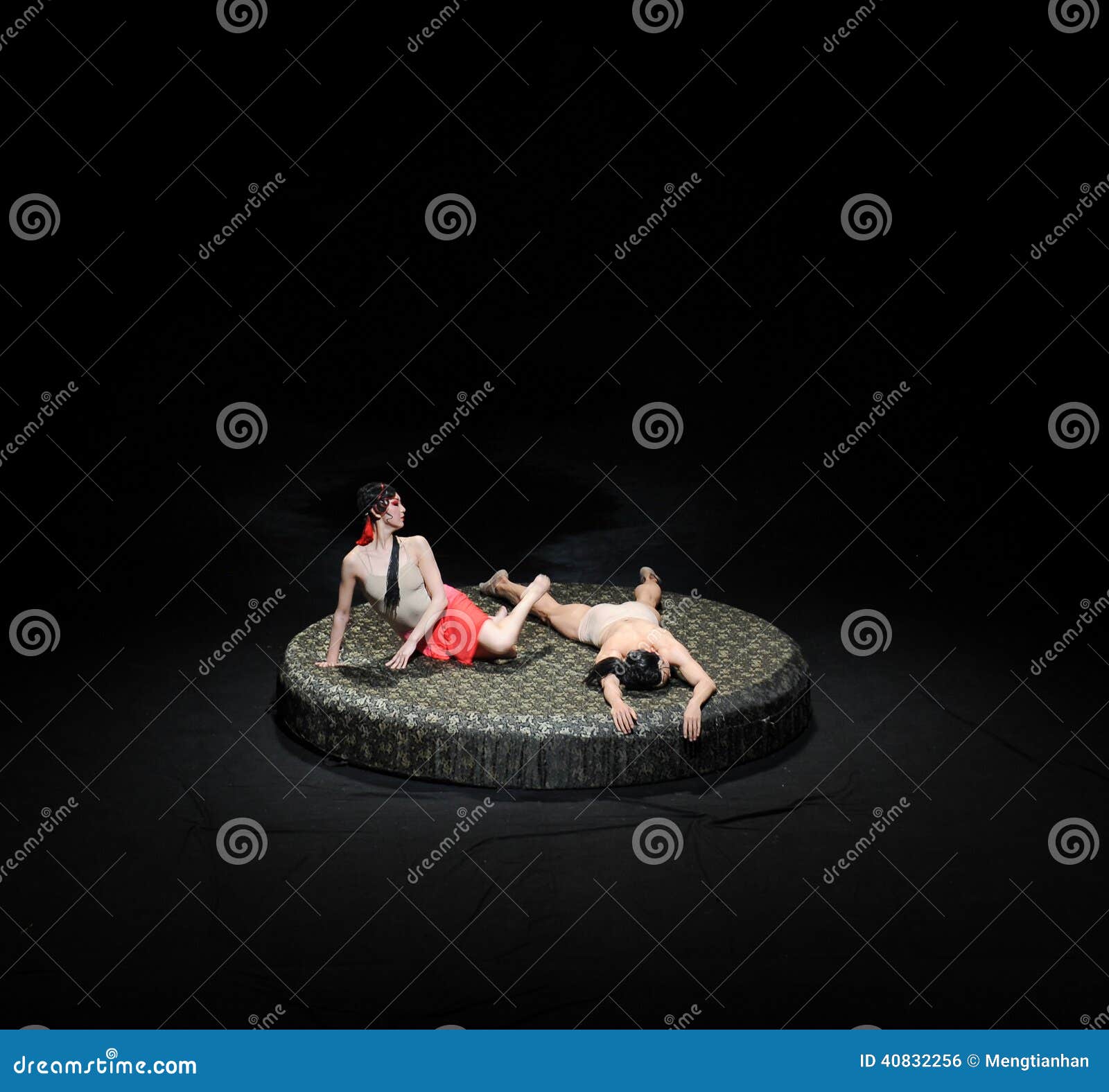


The discussion will then turn to the idea of objectifying people and humanizing things, using Jin Ping Mei (late 16 th century) and The Story of the Stone as examples. Professor Wai-yee Li will reflect on the philosophical ruminations on the promise of mastery and transcendence through things, the specter of the dangerous pleasures of things, and the negotiation of boundaries between these two poles. Agency and self-sufficiency are threatened by “taking pleasure in things” ( wánwu) and superfluous things ( zhangwu). Moral self-examination relies on “the investigation of things” ( gewu). The flowering of aesthetic thought in the Six Dynasties (3 rd to 6 th century) is marked by a new interest in “being moved by things” ( ganwu) and “giving form to things” ( tiwu). The anonymous author took the pseudonym Lanling Xiaoxiao Sheng (), 'The Scoffing Scholar of Lanling,' and his.
#New jin ping mei 2014 full#
The novel itself is the first full length Chinese fictional work to depict sexuality in explicit manner. Jin Ping Mei (Chinese: pinyin: Jn Píng Méi), translated as The Plum in the Golden Vase or The Golden Lotus, is a Chinese naturalistic novel composed in vernacular Chinese during the late Ming Dynasty. How are the discourse on things and the discourse on subjectivity and moral agency intertwined? References to things ( wu) multiply as the vocabulary of inwardness develops during mid to late Warring States (ca. Based on the classic Chinese novel Jin Ping Mei, written during the Ming Dynasty.
#New jin ping mei 2014 registration#
Registration is now closed.Įvents in Conjunction Research Seminar: Objectifying People and Humanizing Things in Chinese Literature 物我之間:明清文學的「人化」與「物化」母題 Given its pioneering status and interdisciplinary nature, the data, structure and findings of this book will potentially enrich the fields of Translation Studies, Comparative Literature, Chinese Studies, Cultural Studies and Book History.How is value assigned to things? What is the line between the refinement of good taste and the force of obsession? Is elegance compromised by self-consciousness? How can an object of appreciation be both commodity and anti-commodity (inasmuch as true appreciation and the greatest worth are not measurable in economic terms)? Are elegance or vulgarity determined by affirming social consensus or challenging it? How do the fellowship and competition among connoisseurs drive the definition of elegance? Why are “elegant things” associated with nature and reclusion but also embedded in social relations among the rich and the powerful? Can good taste become bad taste, and vice versa? Professor Wai-yee Li will discuss the figure of the vulgar connoisseur in Jin Ping Mei, the contradictions of elegance in a story by Li Yu (1611-1680), and the implications of redefining elegance and vulgarity in The Story of the Stone.įree & open to the public. Buck A saga of ruthless ambition, murder, and lust, The Golden Lotus (Jin Ping Mei) has been called the fifth Great Classical Novel in Chinese literature and one of the Four Masterworks of the Ming novel. The book represents the first systematic research effort on the English Translations of Jin Ping Mei. BOOK EXCERPT: 'The greatest novel of physical love which China has produced.' Pearl S. The notions of agency, habitus and capital are introduced for the examination of the transference of linguistic, literary and cultural aspects of the two translations. It also conducts textual comparisons to uncover the translation norms at work in the only two complete renditions, namely The Golden Lotus by Clement Egerton and The Plum in the Golden Vase by David Roy. Working within the framework of descriptive translation studies, this book provides a translational history of the English versions of Jin Ping Mei, supported by various paratexts, including book covers, reviews, and archival materials. So far there have been more than a dozen English adaptations and translations of the novel. Acclaimed the ‘No.1 Marvellous Book’ of the Ming dynasty, Jin Ping Mei was banned soon after its appearance, due to the inclusion of graphically explicit sexual descriptions. This book investigates the English translations and adaptations of the sixteenth century classic Chinese novel Jin Ping Mei.


 0 kommentar(er)
0 kommentar(er)
